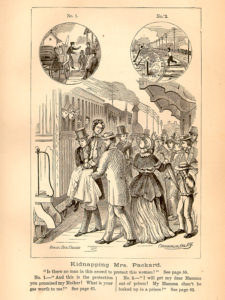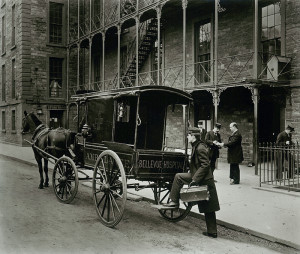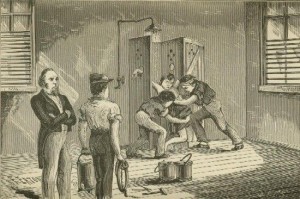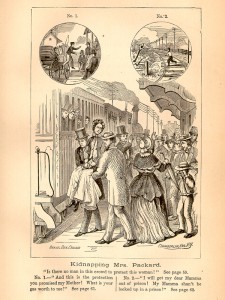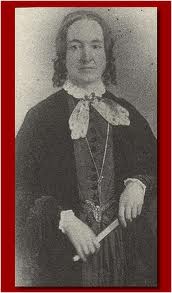One of the great tragedies for people judged insane was the ease with which they could be committed to institutions. During certain periods in some states, all it took was the word of family members or “respectable citizens” to commit people to asylums–a practice certain to be abused for personal gain, spite, or control. In 1876, Dr. Alexander E. MacDonald, superintendent of the New York City Asylum for the Insane, explained the way that the state of New York had improved its commitment laws.
Referencing other states that didn’t require physicians to examine the person in question, or only required one doctor to determine insanity, MacDonald cited New York’s requirement that two reputable physicians had to testify that the person was insane and “unfit to be at large.” The latter provision was to protect “harmless” lunatics and chronic cases who weren’t endangering themselves and others. Additionally, the doctors called in to make the examination had to have been in practice at least three years. Though neither of these requirements could curtail all unjust commitments, they seemed to be a step in the right direction.
Furthermore, the form physicians completed required them to state their reasons for determining that the person in question was insane. Theoretically, this forced doctors to give a somewhat in-depth examination to back up their opinions, and additionally, their remarks would help the doctor at the asylum decide what initial course of treatment to begin.
Though any of these requirements seem both obvious and fundamental, they came at a time when many doctors simply rubber-stamped family decisions for commitment. Any obstacles to easy, painless commitments had to be a good thing for the helpless people who were often shipped off to asylums for convenience.



